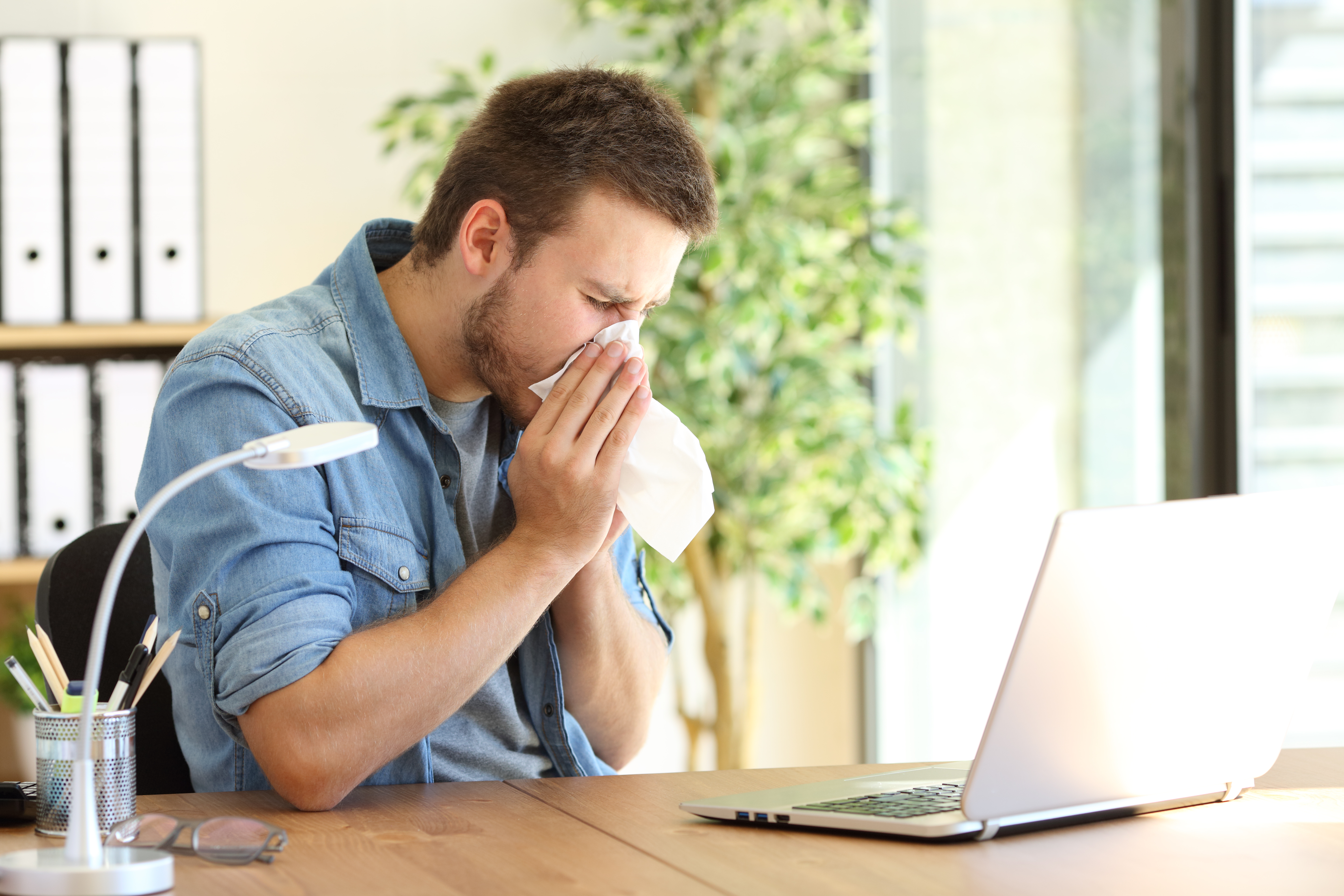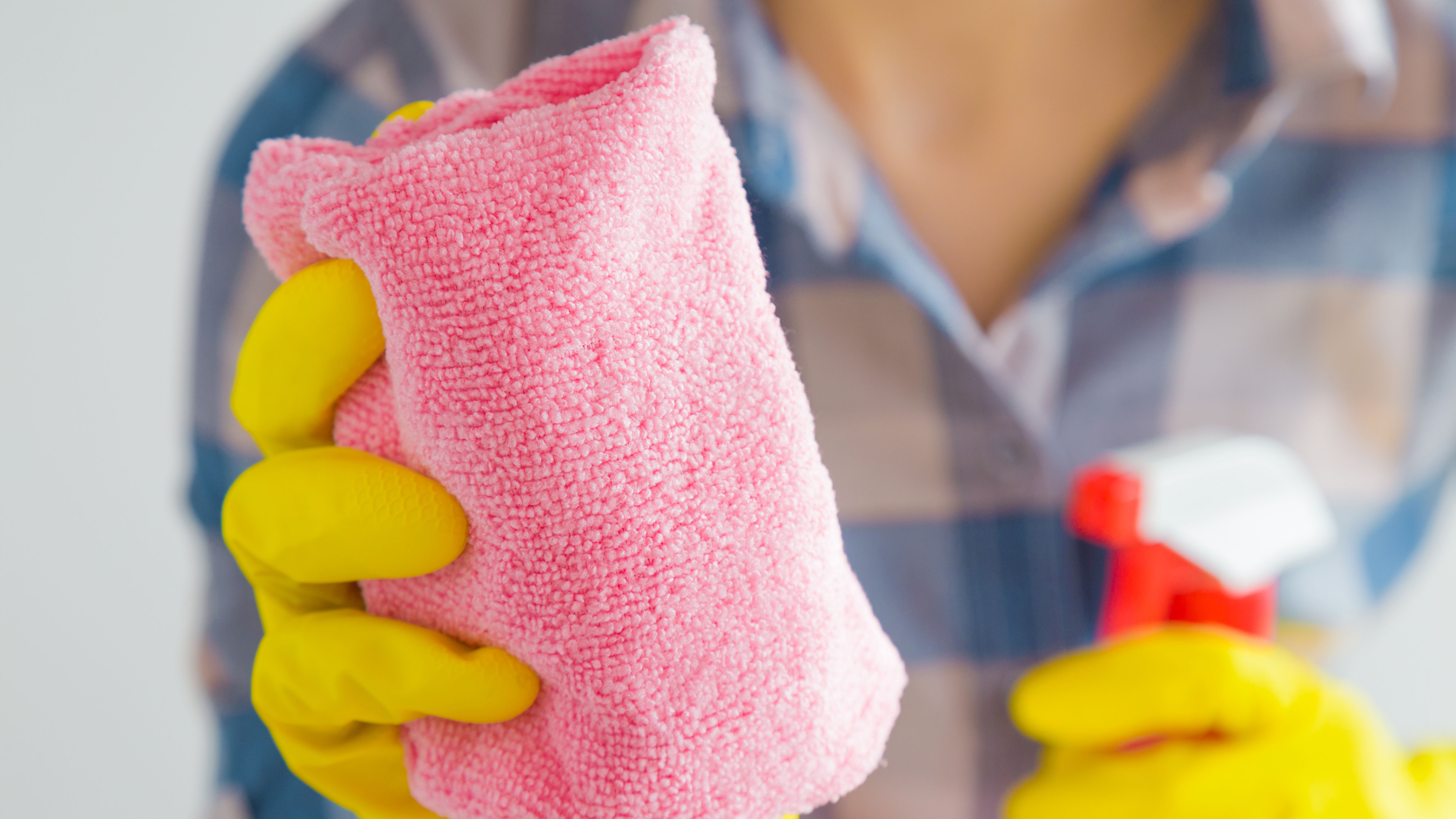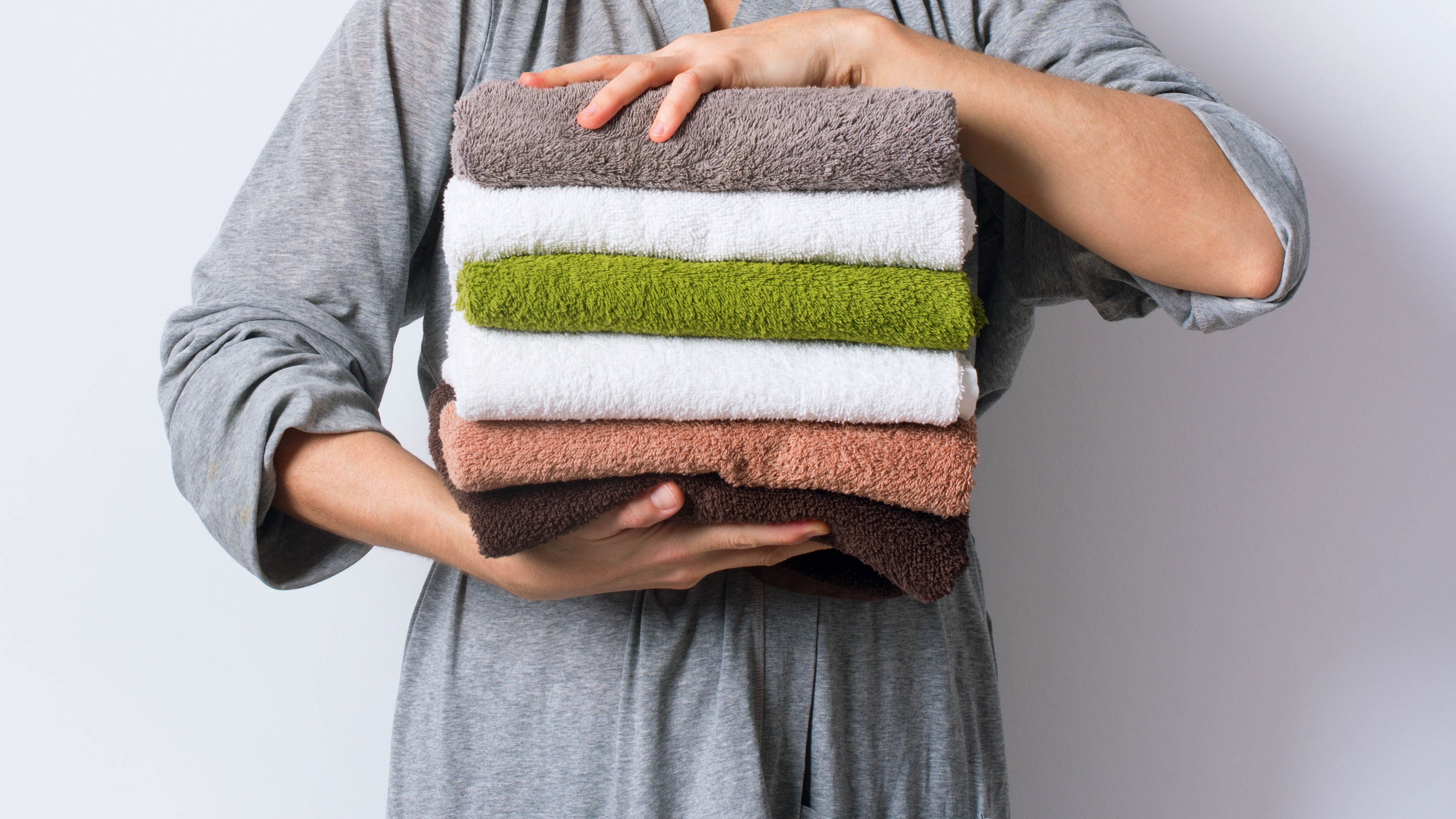
Spring is here, and while I look forward to the warmer, hazy days, I don’t look forward to battling the inevitable allergy season.
Be it itchy eyes, congestion, or sneezing fits, my hay fever symptoms can quickly ruin my day — making it impossible for me to truly enjoy the weather.
Besides having my trusted best air purifier to filter indoor airborne pollutants, and using clever tips to reduce dust — I needed quick solutions to help reduce symptoms and breathe easy.
Luckily, we called on our allergy expert, Dr Zoe Williams, for her top tips on improving indoor air quality and alleviating symptoms.
“Hay fever can be a pain to deal with and makes it difficult to work, concentrate and generally enjoy day to day life during springtime,” Williams said. “However, there are ways to reduce exposure to pollen and make life that little bit easier when the warm weather arrives.”
So if you want to fully enjoy the warm weather — and create a sneeze-free environment, here are a few top tips.
Dust with a damp cleaning cloth

We may have our go-to cloth to quickly remove dust, but these can actually make allergies worse.
This is because they can often knock dust particles back into the air, or spread dust around the surface (creating even more cleaning!).
Williams suggests swiping away dust with a damp microfiber cloth instead, as this will trap allergens and pollen.
“Cleaning using a damp cloth or mop is especially helpful to remove pollen – but make sure to avoid harsh chemical cleaners that can irritate airways,” she says.
I now use a damp, microfiber cloth to wipe down dust around the home. Not only does this quickly make my surfaces spotless and shiny, but my sneezing fits weren't triggered by any dust floating.
It also might come in handy to know how to clean a microfiber cloth to minimize the risk of allergens.
Plus, after I tried the viral Scrub Daddy Damp Duster, I'm never going back to using a cloth again!
Cut down on burning candles

One thing that brings me joy is having a sweet-smelling home. So I would make it a habit of burning my scented candles or incense sticks each day to create a "zen" environment.
But while these instantly fragrance a room or set a cozy ambiance, these could also make allergies worse by creating airborne pollutants.
“Make sure to avoid burning things indoors too often: not just food, but candles and incense sticks can also create pollutants in the air," Williams said. “Also opt for sprays rather than aerosols, as smaller particles in the air are known to trigger and inflame airways and lungs.”
One alternative is to switch to a candle warmer instead. Essentially, these are electric warmers that slowly melt a candle or scented wax to release its scent (without the burning odor), and make a safer option to candles.
Just don't forget that candle warmers should always be unplugged when not in use to avoid a fire risk.
Wash towels and bedding often

When it comes to our laundry chores, we often neglect our towels and bedding. And while there’s been much debate about how often you should wash towels, experts advise you to increase washing or reduce allergens.
“Wash your bedding and towels regularly on a hot wash, in particular pillows, as pollen can cling to linens and continue to trigger allergies indoors," Williams advised.
In fact, The American Cleaning Institute recommends washing bath towels after three to five regular uses. This is to prevent any germs or bacteria developing on your towel, and is more hygienic as a result. Similarly, you should be changing bedsheets once a week — but probably don’t!
I started to wash my bedding and towels more frequently to see if it made a difference. And while I wasn’t sure if it was a combination of having my best air purifier running during nighttime or the fresh sheets, I did notice a significant improvement to the air quality in the morning.
Plus, if you want your towels to look good and smell fresh, here's how to fold towels and 5 tips to freshen up your towels.







